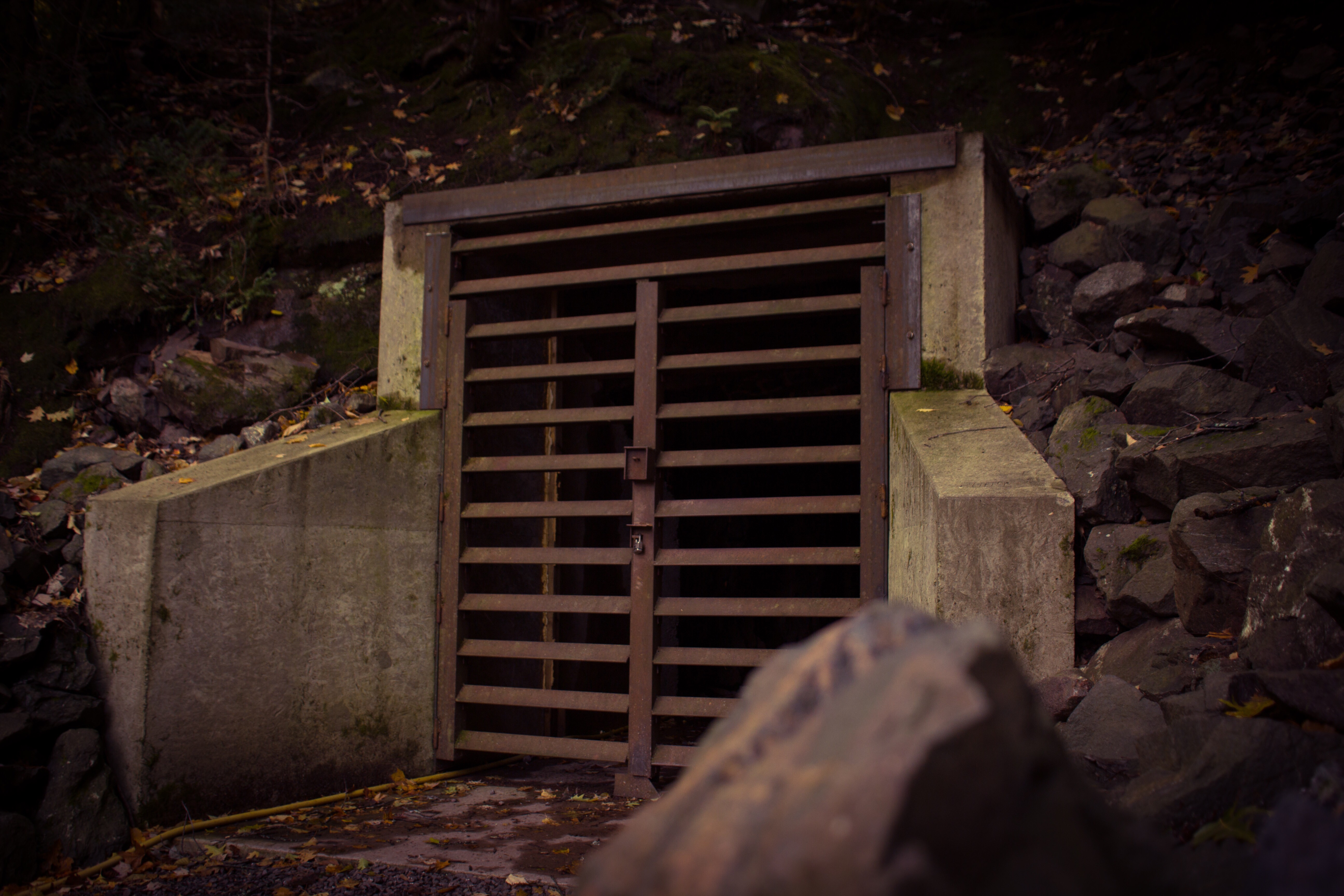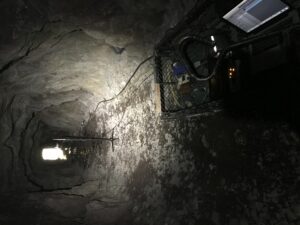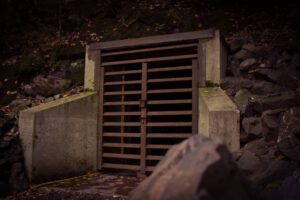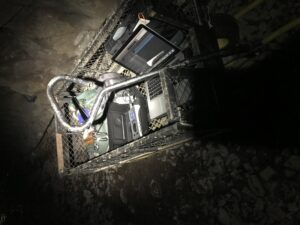The Mine
One of the things that piqued my interest with sound design was all of the magical tools and abilities sound designers have at their disposal. As a young sound designer, I am still surprised and excited by all of this.
I go to school in the Upper Peninsula of Michigan, at Michigan Technological University. The area is called the Keweenaw Peninsula and is at the very top of the Upper Peninsula. The northern woods and waterfalls are both beautiful and great for field recording, but one part of the Keweenaw that goes relatively unexplored by sound enthusiasts, are the mines. Mining was a large part of the economy during the 19th and early 20th century and was still at large into the 1970s and ’80s. Abandoned mines dot the Keweenaw peninsula, but one mine, in particular, has been reopened and repurposed.
The Adventure Mining Company of Greenland Michigan seemed to appreciate my enthusiasm for their mine. Through a connection formed by one of my professors, and the owner of the mine, I was able to go and see the mine for myself. Early last fall, I drove down to take a small tour of the mine and to see what sights, and more importantly, sounds could be found within. It was a fun-filled day, but I was eager to come back with recording equipment.
Before coming back, I established some goals for this recording session. The most important goal was to record impulse responses of the many different chambers of the mine. I knew this would take the majority of my time, but I also wanted to do some field recording inside and outside of the mine.
My second trip to The Adventure Mine was a bit wetter. Fortunately, I had been careful to not bring moisture-sensitive equipment as working in these kinds of environments can be both damp and rough. The company was also kind enough to lend me an old metal wagon that I stored most of my recording equipment into pull around the many chambers. The gear that I brought with me was a laptop running Logic, an RME Babyface Pro interface, and an Earthworks condenser microphone. I also included a Zoom H5 with a mid-side capsule for any ambient recording that I might have time for. To generate the impulses, I used balloons and a pin to pop them. I decided upon this method because the mine was so far from any power source, which meant I could not generate a sine sweep from a speaker for my impulses. I used the entire pack of 25 balloons, and the whole recording process took nearly five hours, but it was well worth the physical and mental exhaustion.
Processing the impulses was relatively simple in the end as I simply trimmed the tracks to the balloon pin strike and uploaded the files into Logic’s Space Designer reverb plugin. There are many helpful articles and videos for this process online. Audio Ease’s Altiverb is also capable of processing custom IR samples, and they have some useful information on their website as well.
Since this project, I have been intrigued by acoustics and the unique sound of spaces and rooms. I live in a fairly isolated part of the world with many unusual spots, some that you can easily access. Some may ask, why bother? Not only is the experience of trekking into a dark mine for your job exciting and unique, but in many ways, that hard work translates into the work you do as a designer. I now have many impressive, and unique reverbs that I can use in my designs.
Safety for yourself and your equipment is imperative though, so keep that in mind. I would also like to share the fruits of my labor and invite all to my website, where you will be able to download two of my impulse responses from this project for free. It has been such a fantastic experience, and I hope to inspire other sound designers and recordists with my work.



